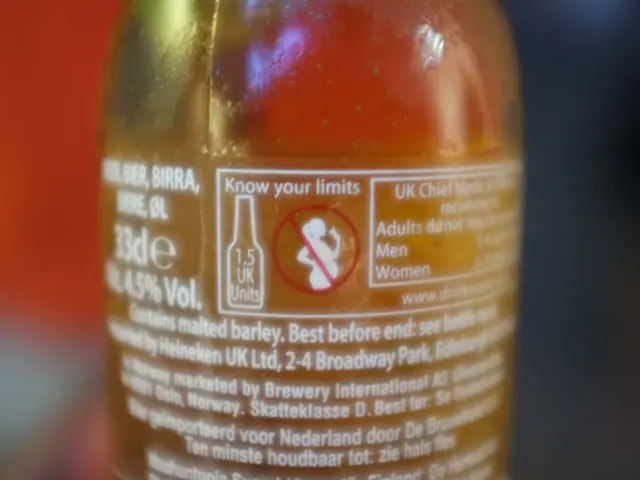Sustainable Development Trends in Toy Manufacturing
The toy industry, once synonymous with plastic and mass production, is undergoing a significant transformation. The detrimental impact of plastic pollution on the environment has become increasingly evident, with marine and wildlife suffering, ecosystems altered, and the food chain and water supply compromised.
This realization has prompted a change in the approach of some major players in the industry. Companies like LEGO, Mattel, and Hasbro are making strides in their production processes to be more environmentally friendly. LEGO, for instance, has started using sugarcane polyethylene, a more sustainable alternative, while Mattel and Hasbro are focusing on reducing waste and increasing recyclability.
However, the issue of consumerism and capitalism conditioning children to be "ideal" capitalists, with a new toy, movie franchise, or interest being marketed every few weeks and months, remains a concern. This fast-paced consumer culture contributes significantly to the plastic waste problem.
Recognizing this challenge, companies are now sharing their sustainability efforts with each other, focusing on Planet, People, Profit. This collaborative approach is reminiscent of how activists, states, and countries tackle the climate crisis. Companies such as ABC Design, Britax Römer, Chicco, Cybex, Ergobaby, Hauck, Joie, Nuna, Jollein, Little Dutch, Nuby, Paidi, Skip Hop, Thule, Träumeland, and Uppababy are actively participating in industry events like Kind + Jugend 2025, focusing on innovation and sustainability in baby and toddler products.
The shift in the toy industry is necessary for the safety of both the planet and its children. Green Toys, for example, makes toys from 100% recycled plastic, helping to divert waste from a mismanaged waste and recycling system. However, concerns about greenwashing persist, especially for parents who don't have the time or resources to do extra research.
The rise of in-home televisions, advertising, and a booming toy market in the late 1900s led to toys being mass-produced using plastic. But the toy industry in the early 1900s was characterized by simplicity, with games like hopscotch, dolls, and electric trains being popular. The industry now has the potential to influence the psychology of future generations by promoting sustainability through buy-back, repair, or recycling programs and content.
Moreover, the toy industry uses 40 tons of plastic for every $1 million in revenues, making it the most plastic-intensive industry in the world. The industry's largest producers are requesting more eco-friendly manufacturing materials from suppliers, which may lead to an increase in supply.
Despite the challenges, a new crop of toy companies are sprouting up with sustainability in mind, and they are working together to find solutions. The Spielzeugmacherfestival in Seiffen, for instance, highlights traditional wooden toy making infused with sustainable craftsmanship, supported by initiatives like the Chemnitz-2025 Makers, Business & Arts project, aiming to preserve and evolve eco-friendly toy production in Europe.
While the journey towards a sustainable toy industry is long, the commitment and collaborative efforts of companies and industry events are promising steps towards a greener future. Chemicals present in plastics, such as phthalates and Bisphenol A (BPA), can lead to hormonal shifts, birth defects, liver and kidney cancer, and microplastics in humans. Without addressing these environmental concerns, the profit of toy companies may be at risk in the long run.
Read also:
- Nightly sweat episodes linked to GERD: Crucial insights explained
- Antitussives: List of Examples, Functions, Adverse Reactions, and Additional Details
- Asthma Diagnosis: Exploring FeNO Tests and Related Treatments
- Unfortunate Financial Disarray for a Family from California After an Expensive Emergency Room Visit with Their Burned Infant








